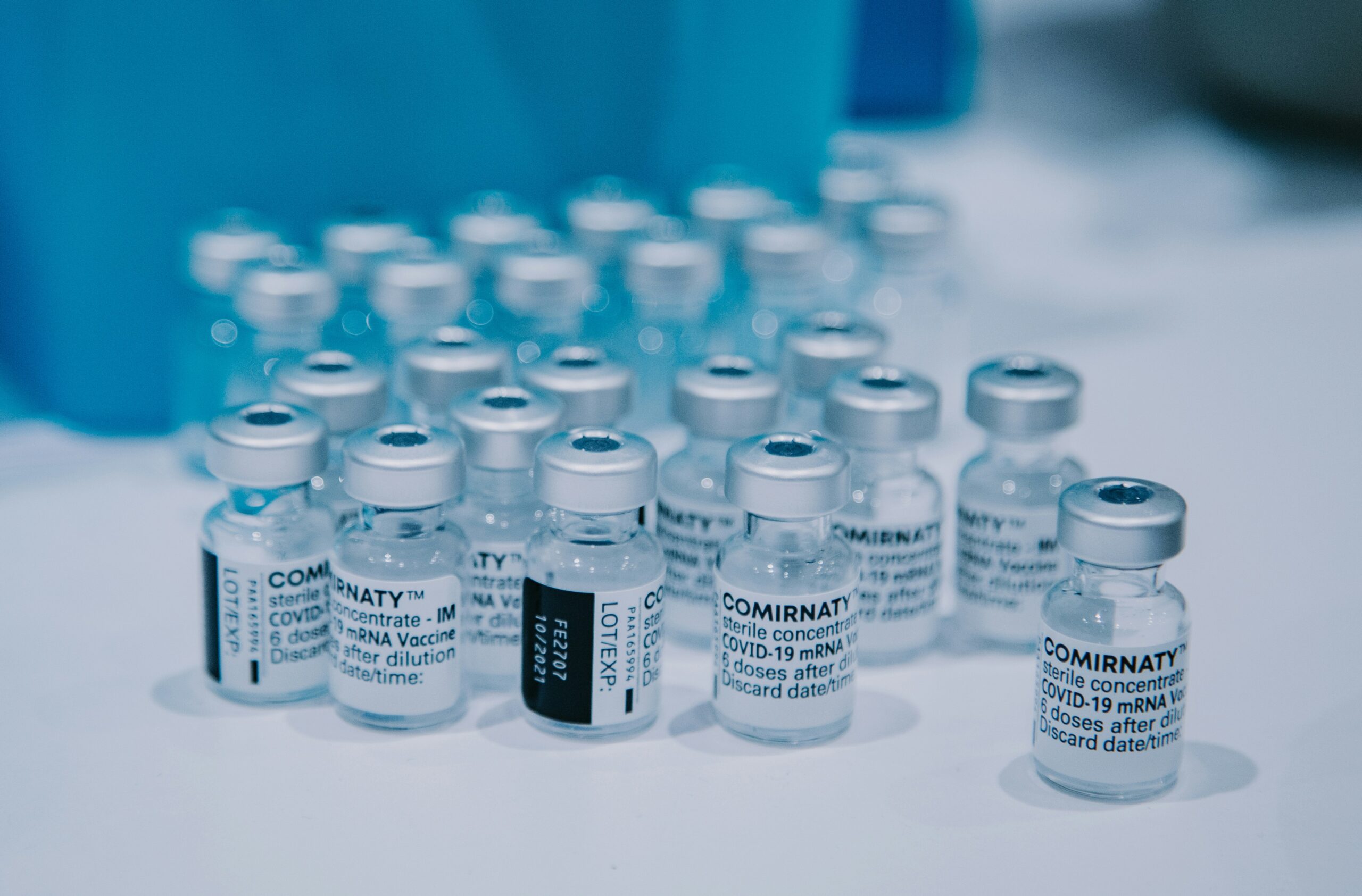It’s important with any organisation to be strategic and focused with clear goals and targets, and no less so for Non-Profits and NGOs.
Your strategy should hold your important objectives and strategic goals and you need to carefully track your progress against your strategy. Let’s take a look at some of the Strategic KPIs / Strategic Metrics or OKR options relevant to Non-Profits and NGOs.
- Advocacy Impact: Measures the influence an NGO has on public policy or social norms through legislative or social change.
- Beneficiary Health Outcomes: Tracks improvements in health among target populations, such as reduced disease or better nutrition.
- Beneficiary Reach: Indicates the number of individuals or communities directly served or impacted by the NGO’s programs.
- Beneficiary Satisfaction Rate: Gauges satisfaction through feedback tools like surveys or interviews.
- Capacity Utilization: Shows how effectively facilities like shelters or food banks are being used.
- Change in Target Population: Tracks shifts in the size or characteristics of the target population to assess program relevance.
- Child Welfare Metrics: Includes school enrollment, immunization, or protection from abuse for child-focused programs.
- Collaborations or Partnerships: Reflects the quantity and quality of strategic partnerships or coalitions.
- Community Engagement: Measures the depth and frequency of engagement with local communities served.
- Conflict Resolution Success: Assesses effectiveness in resolving disputes or fostering peace.
- Conservation Measures: Environmental KPIs like biodiversity, species protection, or emissions reduction.
- Cost Per Beneficiary: Calculates the average cost to serve one person, helping to evaluate efficiency.
- Crisis Recovery Time: Measures how quickly communities return to pre-crisis levels after disasters.
- Disaster Response Time: Evaluates how rapidly the organization can mobilize and respond to emergencies.
- Diversity and Inclusion Metrics: Tracks representation in staff, board, and programs to support equity.
- Donor Retention Rate: Measures the percentage of recurring donors to assess fundraising consistency.
- Early Warning Indicators: Tracks pre-crisis signals such as disease spikes or political unrest.
- Education Progression: Measures outcomes like school completion or exam results.
- Employee Engagement: Indicates staff morale, motivation, and retention.
- Environmental Impact: Quantifies positive environmental contributions like reforestation or reduced emissions.
- Financial Inclusion: Measures access to banking or credit in underserved populations.
- Fundraising Efficiency: Ratio of funds raised to the cost of fundraising activities.
- Gender Equality Measures: KPIs tracking access to education, income equality, or violence reduction by gender.
- Government Funding Dependency: Assesses the share of revenue that comes from government, a potential risk factor.
- Healthcare Access: Tracks access to medical services and improvements in healthcare equity.
- Human Rights Indicators: Measures legislative changes, case resolutions, or reduced abuses.
- Impact Per Dollar: Calculates the tangible result or value created for every dollar spent.
- Influence Spread: Tracks the geographic or sectoral spread of an NGO’s advocacy or services.
- Innovation Index: Evaluates how often the NGO implements new ideas, tools, or methods.
- Job Creation: Measures direct or indirect employment generated by the NGO’s programs.
- Leverage Ratio: Reflects how much additional funding the NGO attracts for each dollar it invests.
- Literacy Rate: Key education indicator showing the percentage of literate individuals in the target population.
- Market Development: Measures progress in building new or stronger economic markets.
- Mobilization Rate: Indicates the NGO’s capacity to engage people in taking action.
- Outcome Measurement: Tracks real-world changes aligned to the mission, like reduced poverty or increased clean water access.
- Partnership Effectiveness: Measures the value and results derived from collaborations.
- Percentage of Unrestricted Funds: Reflects how much of the NGO’s revenue is flexible and can be used for any purpose.
- Program Efficiency Ratio: Proportion of total spending that directly supports mission programs.
- Program Growth Rate: Tracks how fast services are scaling over time.
- Quality of Life Index: Measures beneficiary well-being improvements through indexes or specific indicators.
- Safeguarding Incidents: Tracks reports and resolutions related to the safety of vulnerable populations.
- Social Return on Investment (SROI): Monetizes social benefits relative to costs, providing a broad impact view.
- Success Story Ratio: Reflects the number of positive case studies relative to total programs or beneficiaries.
- Sustainability Indicator: Assesses financial health, adaptability, and long-term viability.
- Technological Penetration: Tracks access to and usage of digital tools in target communities.
- Transparency and Accountability Index: Measures how open the NGO is with reporting, governance, and community feedback.
- Volunteer Leverage: Ratio of volunteers to paid staff, indicating operational support through unpaid roles.
If you’d like to download these in a spreadsheet format you could then use to set value and targets for a two or three year plan then take a look at our Top 50 Non-Profits and NGO Strategy KPIs.
So, there are a bunch of important KPIs to track in Non-Profits and NGOs. As we always say with our lists of KPIs, it’s best practice to not have too many metrics on your KPI Dashboard. KPIs are there to keep everyone focused on the most important aspects of performance that you need to get right. If you have too many, then you will be reducing the focus. So pick your winners, add them to your KPI Dashboard, and start tracking them.
Good luck with hitting your targets 🎯
Do the right thing
Book a demo to see how to build out a strategy that hits your strategic goals.











